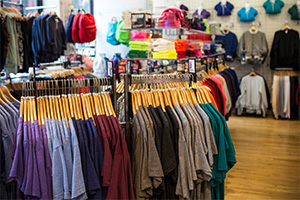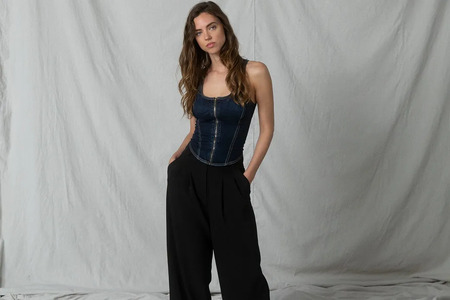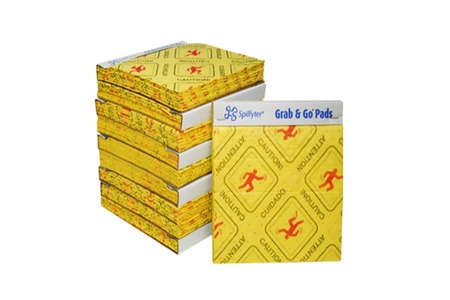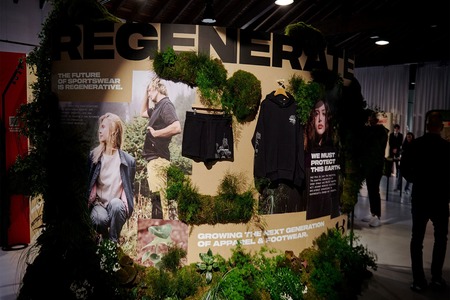
Apparel is going out of fashion
YarnsandFibers News Bureau 2019-08-23 10:15:00 –Considering the number of apparel retailers on the ground and online, it would appear to be a winning category. But broad sales trends are not in the sector's favor.
Several apparel retailers are struggling. Ascena is regrouping as sales plummet, unloading its discount banners entirely. L Brands is propped up by its personal care brand Bath & Body Works as Victoria's Secret loses share. J. Crew is in disarray, hobbled by debt and putting its hopes into its much smaller Madewell brand.
Profits in the segment were down 24% in the first quarter, according to a Retail Metrics note cited by CNBC, the worst showing since the first quarter of 2008, when they fell 40%. Department stores aren't faring much better. Their "departments" have been reduced to mostly apparel, plus some beauty and home goods, a stark contrast to their heyday when they sold everything from books to wine.
The troubles go back even further, however. In 1987, the average consumer allocated 5.9% of their spending to apparel and services, but by 2017, that had plummeted to 3.1%, according to a Deloitte spotlight report last year. The challenges faced by consumers outside of top-tier incomes could be a factor: average spending on women and girls' apparel has especially declined for lower-income earners, with the "only bright spot" in footwear, where share in apparel expenditure has risen across income levels, according to that report.
Existing competitive forces — notably the discounts found at off-price retailers and at direct-to-consumer sites, including Amazon — are challenging apparel retail, but fundamental changes in attitudes about what to wear are also at play. That is perhaps best exemplified by Lululemon, an apparel retailer who brought the word "athleisure" to the market and high-priced activewear style to fashion. It is also a rare winner in the category.
Assembling a strategy is complicated by the changing of the guard in fashion: The street has replaced the atelier.
The new boss
Fashion itself flipped the switch, according to Shawn Grain Carter, professor of fashion business management at the Fashion Institute of Technology. "When I saw this trend starting to emerge in the early 90s, really the 80s, I always link it historically to when Marc Jacobs did the grunge collection for Perry Ellis," she said. "Even though the collection was a disaster it was a major inflection point."
Jacobs famously lost his job after the 1993 collection was panned by fashion critics. That wouldn't likely happen today (in fact, Jacobs reprised the collection last year). Instead, brands are increasingly turning to pop culture for designs and trends — and to social media for approval.
"When I worked at Bergdorf's as a buyer, you did not wear jeans past 50 — it was considered inappropriate unless you worked on a farm. "
"The youth are driving this look. Fashion editors have lost the cachet of driving what is in and what is out," Carter said. "We've always had celebrity endorsements — but now we have people involved who know nothing about fashion. I mean Justin Bieber, for god's sake, but this is where we are. And social media is global, driven by peer review and peer approval. You don't have to wait anymore to go to Europe for inspiration. Why would you hire a DJ named Virgil Abloh? He is a creative genius but he's not a couturier."
Courtesy: Retail Dive
Market Intelligence
Ask for free sample Report

experience
Customer Base
dedicated team
Countries Served Worldwide









